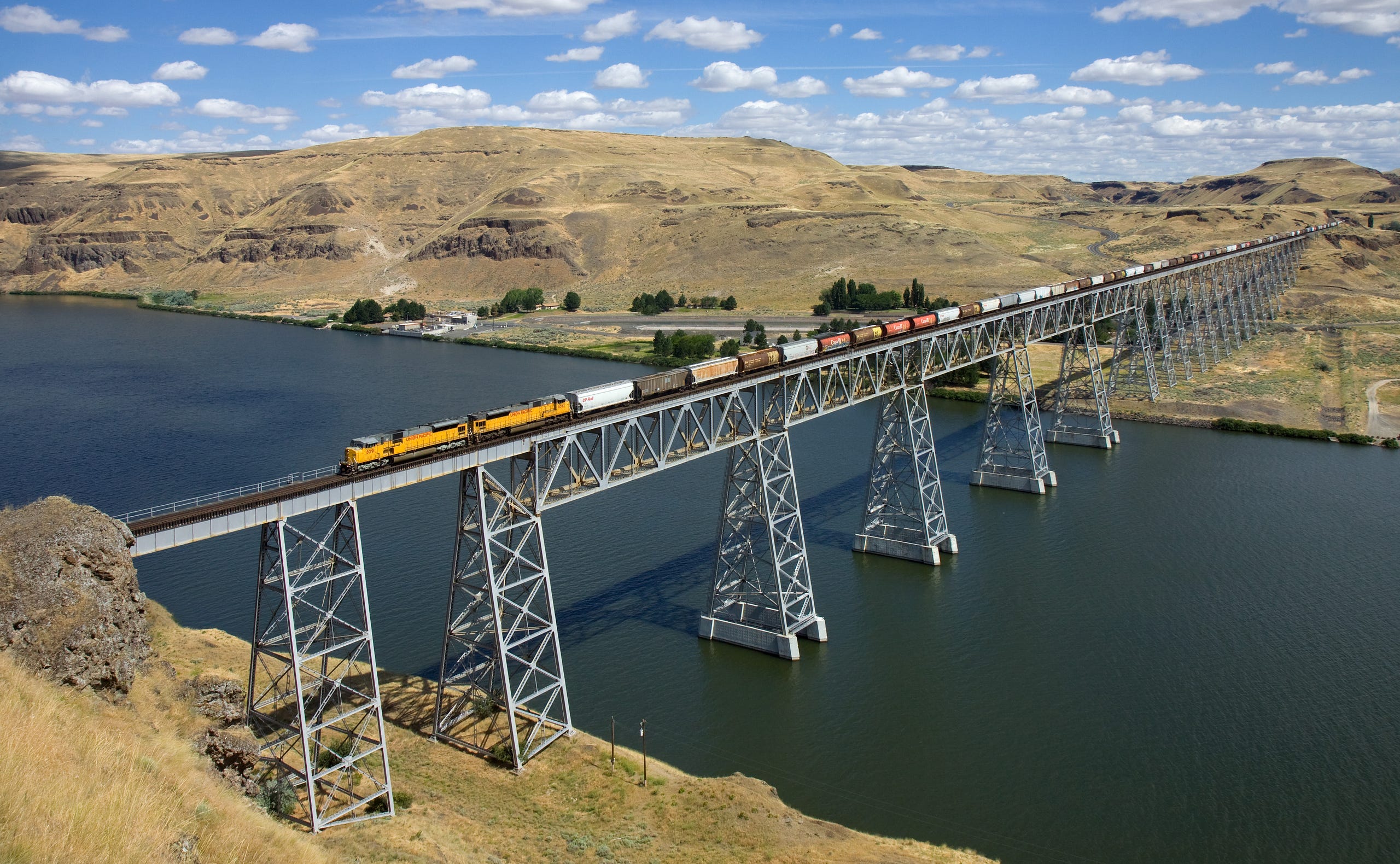
On Strategy and Rebellion
A big initiative comes down in an email proclamation from the VP of my company. He needs a report on this, that, and the other by the end of the week. Everyone immediately fires off their emails detailing what we need to do, and when. My already crowded inbox becomes more unsightly.
I see these reactionary emails and I get angry. I want to grab my co-workers and scream “don’t you realize? This report isn’t going to change anything! It’s just gathering data to try to get someone far away from everything a little semblance of control!” I stare at my screen, just ready to fire off an email about how I’m simply not going to devote my time to this worthless busywork.
But I stop myself. That train has already left the station, I think to myself. And though that’s a cliché, it’s actually quite on the nose.
Three Vehicles
Lately, in moments of of greater clarity, I have begun to ask myself whether the things coming at me are freight trains, cars, or bicycles.
Trains you can’t stop. You can’t alter their course, no matter how slowly they seem to be going. Their momentum dictates your relationship with them. You either jump on and go where it goes, or you stay where you are.
If you throw yourself in front of it, you get crushed quickly and easily. The conductor, no matter how much they’d like to stop to spare you, can do very little but plow through you, and keep moving with little lost momentum. You ruin yourself for the possibility of future ventures.
Cars you can affect, but only slightly. Your ability to alter their course depends on how much the driver cares about you, compared to their vehicle and destination. You can hold your hands up and stand your ground all you like, but if the driver is not paying attention, or simply doesn’t care much about you — that’s no good for you. If you manage to alert the driver early enough, and they have the reflexes and agility to swerve. You may just survive unscathed.
If all else fails, you can jump and throw yourself into the windshield. You can probably derail the vehicle, but at substantial cost to you.
Bicycles you can stop fairly easily. If it’s going fast and you try to stop it, you can get hurt, but probably not badly. If it’s not going fast, you can have a direct impact in a fairly short amount of time.
The rider can only go so fast, and has very little momentum behind her. Even if she wanted to plow right through you, much of her momentum and direction would yield to your applied force.
The Question to Ask Yourself
In each of our lives, we encounter trains, cars, and bicycles —and perhaps some variations of each (motorcycles?). It’s important to ask yourself which of these you’re facing in moments of anger, frustration, and rebellious angst. Are you staring down the tracks at a barreling freight train, or are you in the path of a leisurely bicyclist? Then adjust your attitude and strategy accordingly.
Don’t get the wrong message, freight trains like cars, can still be stopped. You just need 3 things: time, distance, and communication.
You need time to plan how to stop or divert it.
You need distance to ensure that you’re not thrown into fits by how impending a collision is.
You need communication to relay your message to slow down or divert.
You also have to ask yourself if this train wasn’t at one time a car or a bicycle. Most of them started out that way.
We have to remember that the train’s conductor has to get to work somehow — probably by car. They probably also have to get from their car to the train. They probably walked.
Lastly, we must keep in mind that eventually, even a speeding train reaches its destination — which means it slows and stops. And when that happens, where will you be?
The difficult problems in life
Always start off being simple.
Great affairs always start off being small.
— Tao Te Ching
If you like this piece, please consider subscribing to my weekly newsletter — Woolgathering. You can get more valuable stuff like this — once per week in your inbox.
